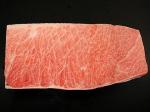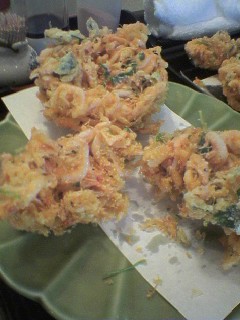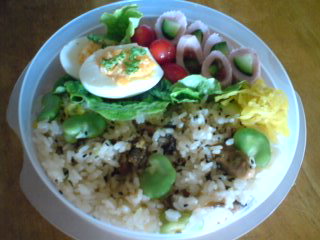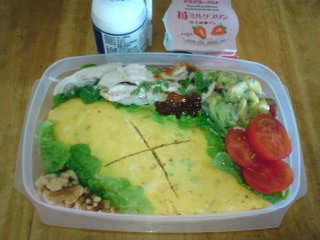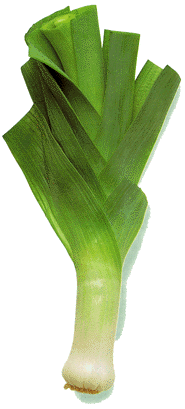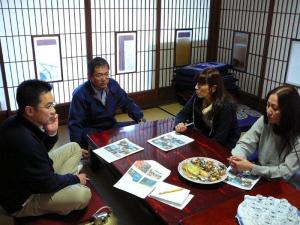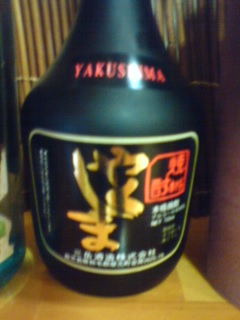
Today saw a rare occurence in that the Missus prepared a double bento for me!
Let me explain: As I have to submit to a camera scan of my stomach (you know, those long thin things they force through your gullet!) I’m not allowed to eat anything after 9:00 p.m.
As I usually have dinner at around 9:30 due to late work hours, the Missus included a small “6:00 p.m. dinner” (I can’t really call it a lunch box! LOL).

Lunch was served in that interesting box with a bamboo lid I have described before:
Three different “o-nigiri/rice balls”, one with an umeboshi/pickled Japanese plums, another one with Japanese cucumber (both wrapped in fresh shiso/perilla leaves) and the third one with fried “shirasu/Sardine whitebait”.

Two kinds of deep-fried chicken fillets cuts were provided with some lettuce. One kind was fried with white sesame seeds, the other with bits of shiso/perilla leaves.
The tamagoyaki/Japanese omelette came in a cylindrical shape instead of the usual rectangular one. This done is done by “rolling” it into a sushi roll bamboo sheet just after it has been cooked and kept pressed inside until it has completely cooled down.
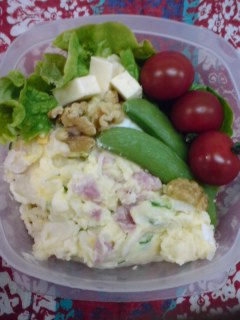
As for dinner I was provided with potato and ham salad to which the Missus added plum tomatoes, cut processed cheese, walnuts, sweet peas in their pod and more lettuce!
I’ll be hungry tonight!
Please check the new postings at:
sake, shochu and sushi
—————————————-
日本語のブログ
—————————————-

